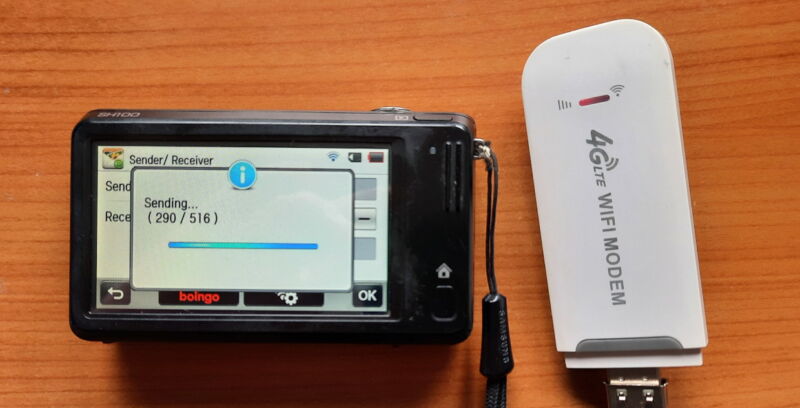
Georg Lukas
Back in 2010—after the first iPhone, but before its camera was any good—a mirrorless, lens-swapping camera that could upload photos immediately to social media or photo storage sites was a novel proposition. That’s what Samsung’s NX cameras promised.
Unsurprisingly, Samsung didn’t keep that promise too much longer after it dropped its camera business and sales numbers disappeared. It tried out the quirky idea of jamming together Android phones and NX cameras in 2013, providing a more direct means of sending shots and clips to Instagram or YouTube. But it shut down its Social Network Services (SNS) entirely in 2021, leaving NX owners with the choices of manually transferring their photos or ditching their cameras (presuming they had not already moved on).
Some people, wonderfully, refuse to give up. People like Georg Lukas, who reverse-engineered Samsung’s SNS API to bring back a version of direct picture posting to Wi-Fi-enabled NX models, and even expand it. It was not easy, but at least the hardware is cheap. By reflashing the surprisingly capable board on a USB 4G dongle, Lukas is able to create a Wi-Fi hotspot with LTE uplink and run his modified version of Samsung’s (woefully insecure) service natively on the stick.
What is involved should you have such a camera? Here’s the shorter version of Lukas’ impressive redux:
- Installing Debian on the LTE dongle’s board
- Creating a Wi-Fi hotspot on the stick using NetworkManager
- Compiling Lukas’ own upload server, written in Flask and Python
- Configuring the web server now running on that dongle
The details of how Lukas reverse-engineered the firmware from a Samsung WB850F are posted on his blog. It is one of those Internet blog posts in which somebody describes something incredibly arcane, requiring a dozen kinds of knowledge backed by experience, with the casualness with which one might explain how to plant seeds in soil.
The hardest part of the whole experiment might be obtaining the 4G LTE stick itself. The Hackaday blog has detailed this stick (and also tipped us to this camera rebirth project), which is a purpose-built device that can be turned into a single-board computer again, on the level of a Pi Zero W2, should you apply a new bootloader and stick Linux on it. You can find it on Alibaba for very cheap—or seemingly find it, because some versions of what looks like the same stick come with a far more limited CPU. You’re looking for a stick with the MSM8916 inside, sometimes listed as a “QualComm 8916.”
Lukas’ new version posts images to Mastodon, as demonstrated in his proof of life post. It could likely be extended to more of today’s social or backup services, should he or anybody else have the time and deep love for what are not kinda cruddy cameras. Here’s hoping today’s connected devices have similarly dedicated hackers in the future.
